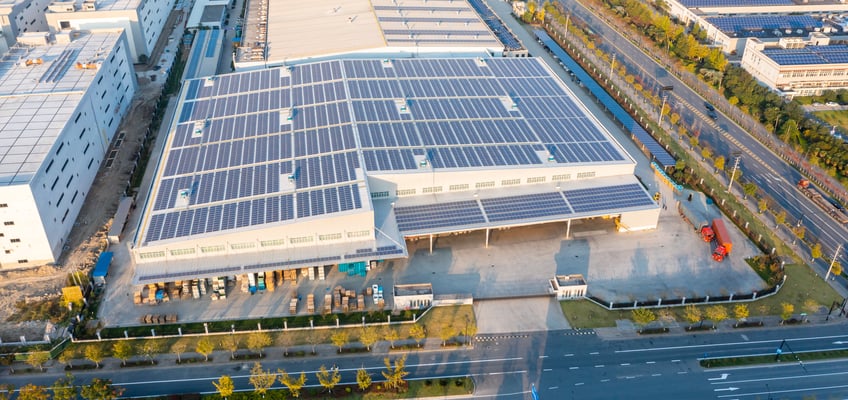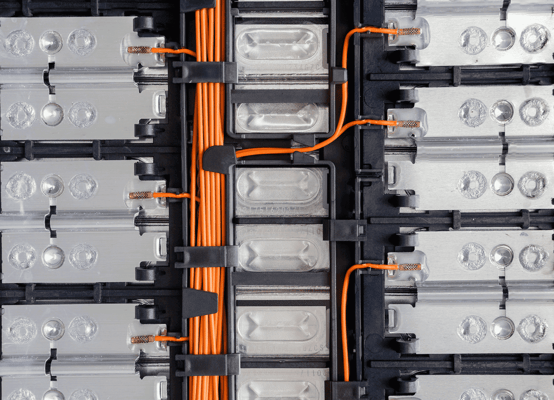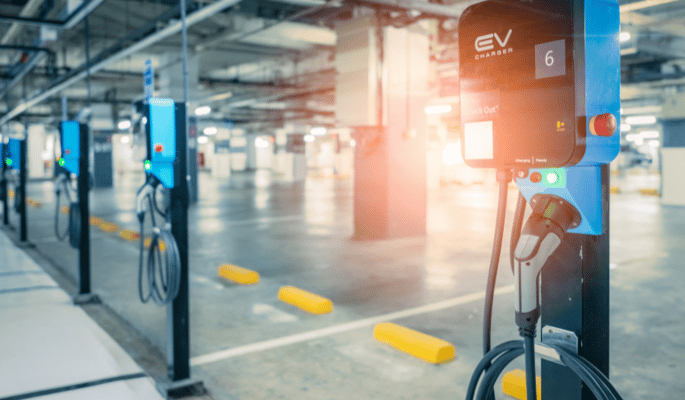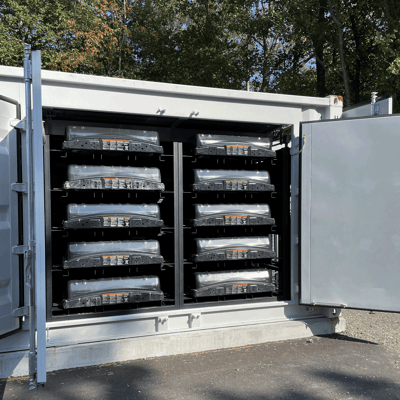
The role of electric vehicles in a circular economy
There is a revolution going on worldwide. The electrification of transport is gaining momentum, and many lithium-ion batteries are entering the market to make it happen.
The European Union’s plan for a circular economy
The European Union adopted a circular economy action plan in March 2020. The action plan focuses on how waste can be prevented through the entire lifecycle of a product and involves initiatives regarding every stage from design through production, distribution, and how to reuse and recycle materials at the end of the lifetime of a product. The goal is to promote sustainable growth and consumption. Also, it ensures keeping resources in the EU economy for as long as possible.
At ECOSTOR, we want to do our part and contribute to the sustainable growth of the battery economy and also to a circular economy.
Making the battery industry more sustainable
There are quite a few reasons why making the battery industry circular is a good idea.
The rapidly growing electrification of transportation in the years to come means an increase in the need for natural resources for the automotive industry, possibly resulting in resource challenges.
The elements needed to produce batteries primarily come from countries with vulnerable and unstable economies. Harvesting precious elements like cobalt, lithium, and manganese from old batteries for reuse in new batteries, will become essential in securing the supply chain and become less vulnerable.
Also, reusing essential elements lowers the impact on our environment, ideally reducing the need for mining primary raw materials.
Giving lithium-ion batteries a second life
There is another way to make batteries more sustainable, and in Norway, we have started repurposing batteries from EVs for grid support.
To differentiate between brand new batteries and repurposed batteries, we have adopted the terms 1st and 2nd life batteries. To us, these terms are important because they define the way we think.
1st life batteries define that the batteries are new. They can be used directly in grid-supporting installations or electric vehicles.
2nd life batteries define batteries that have gone through a cycle in an electric vehicle. When reduced to a certain level of capacity, these batteries are no longer efficient for EVs. Still, they can be used in less demanding installations than EVs, a second lifespan lasting as long as 10 to 15 years.
A plan for closing the circle
In 2022 ECOSTOR, together with Morrow Batteries and Canadian Li-Cycle, made a joint-venture agreement to build a factory for repurposing and recycling EV batteries in the south of Norway. Production is due to start early in 2023 and will have a capacity of 10.000 lithium-ion batteries a year.
This factory is a closing of the circular economy ring of EV batteries. It is the next step towards ECOSTOR’s efforts towards making the battery-industry into a central part of the future of the electric revolution and a circular, sustainable economy.




